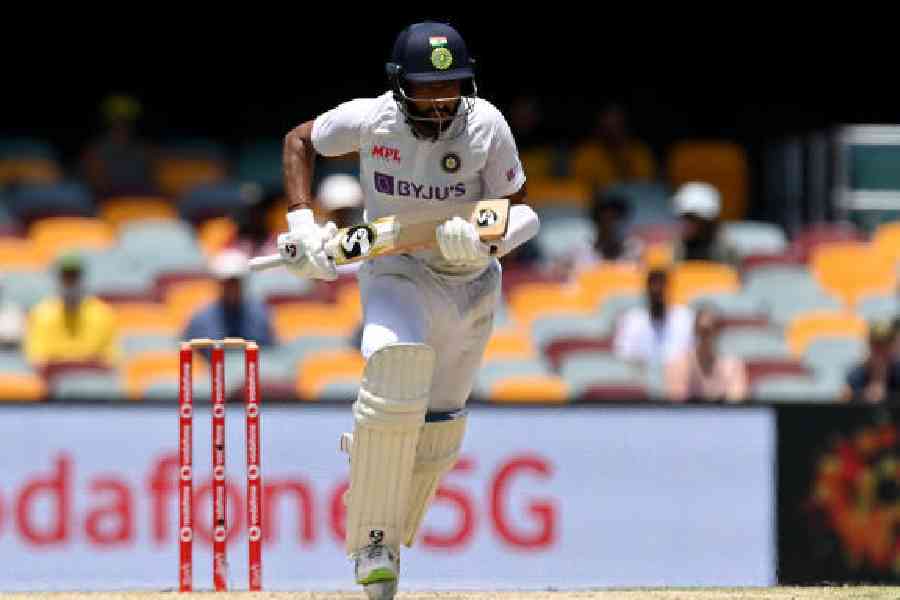A few experts had even questioned if that was a proper way to tackle short-pitched bowling as Cheteshwar Pujara took one blow after another when the Australian quicks bombarded him with bouncers in the fourth innings of that unforgettable Brisbane Test in January 2021.
Whether one liked the Pujara way or not, it’s a fact that the Indian had managed to defy the strong Australian pace attack. His 314-minute stay at the crease and the innings of 56 off 211 balls were just as important as Shubman Gill’s 91 and Rishabh Pant’s unbeaten 89 in India’s successful run chase of 328 to clinch the series Down Under.
When this edition of the Border-Gavaskar Trophy begins at the Perth Stadium on Friday, Mitchell Starc, Pat Cummins and Josh Hazlewood will again try to take advantage of the pace-friendly conditions and treat the Indian batters to some chin music. Employing the pull or hook is obviously the best way to combat that, but according to Pujara, the current Indian batting group needs to ensure being in control of the ball instead of going for a shot in the first place.
Speaking at Star Sports Press Room on Thursday, Pujara, in response to a related query from The Telegraph, explained: “As a batter, you need to understand your strength. When you’re facing a short-pitched delivery, you need to know whether you are a good puller. If you are, then you need to take on the bowlers and play that shot.
“But the most important thing when we’re facing short-pitched deliveries is, we end up playing the hook shot which we are not quite capable of, I would say. Most of the time on Indian pitches, when we’re facing short-pitched balls, they are below the shoulder level. But when we go to Australia, most of the short-pitched deliveries are above the shoulder level.
“So, as a batter, you need to identify those balls above your shoulder level and head height. Those are the balls you need to leave. And for the other balls at shoulder height and below that, that’s the height where you can play the pull shot.
“Most of the batsmen in our current batting line-up are aggressive players and like to play the pull shot. But, you need to be in control of the ball first. That’s where you need to leave the ball sometimes and sometimes need to play the pull shot. So, it is about making the right decision when you are at the crease.
“You can’t have a set goal that, ‘If the first ball is a bouncer, I’m going to play the pull shot.’ You just need to look at that ball and then make that decision. So, you have to be in the present moment and make the right decision.”
Pant punch
Keeper-batter Rishabh Pant’s spontaneity and flamboyance with the bat will again be crucial to India’s prospects on this tour, Pujara, who averaged 47.28 from 11 Tests in Australia with three centuries, acknowledged.
“Australian bowlers struggle a bit when bowling to left-handed batters. Rishabh’s attacking play makes it easier for the batsman at the other end as opposition bowlers then think of saving runs as well since he’s at the crease.
“It’s also important for Rishabh to stay in his zone and he needs to continue getting that freedom. He’s a lot smarter now and knows which bowler to attack and whom to rotate the strike against.”











